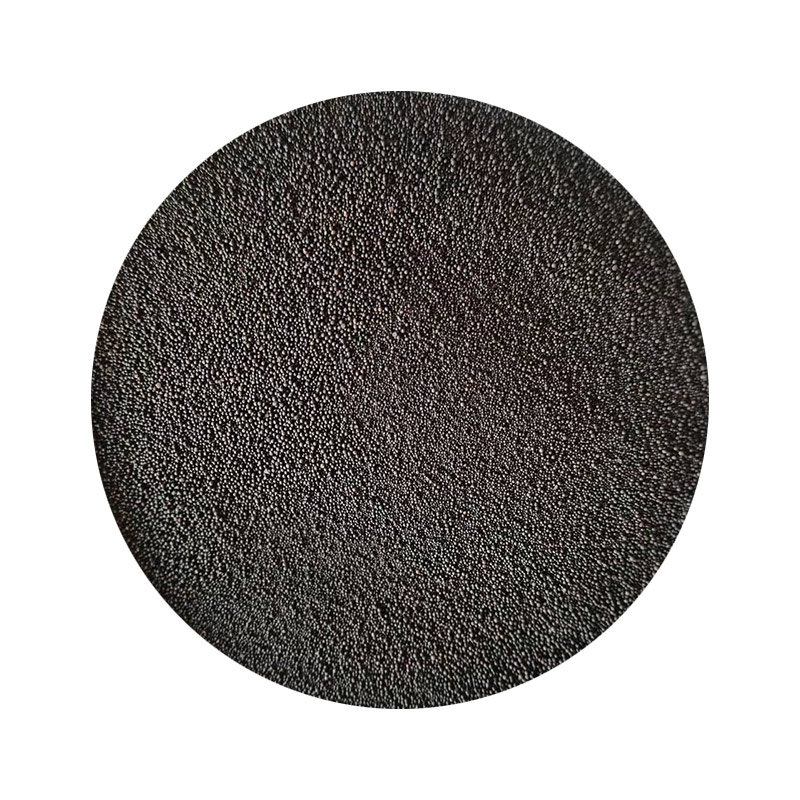Understanding the Types of Sand Used in Sand Casting
Sand casting is a widely used manufacturing process that involves pouring molten metal into a mold made of sand. It is prized for its versatility, cost-effectiveness, and ability to create complex shapes. One of the key factors that contribute to the success of the sand casting process is the type of sand used. This article explores the various types of sand employed in sand casting and their specific characteristics that make them suitable for this application.
1. Silica Sand
The most common type of sand used in sand casting is silica sand, primarily composed of silicon dioxide (SiO2). This type of sand offers excellent thermal stability, high refractoriness, and good permeability, which allows gases to escape during the pouring of molten metal. Silica sand is typically found in abundance and is relatively inexpensive. It can be used both in new sand molds and in green sand molds. However, it is essential to keep the grain sizes uniform to ensure the integrity of the cast.
2. Green Sand
Green sand is a mixture that consists of silica sand, clay (typically bentonite), water, and other additives. It is called green because it retains moisture, which provides essential adhesion properties. The clay acts as a binding agent, giving the mixture strength and flexibility. Green sand molds can be reused multiple times, making them economically viable. This type of sand is commonly used for small to medium-sized castings, especially in iron and steel foundries. Its ability to produce fine details and maintain shape under pressure is a significant advantage in sand casting.
3. Resin-Bonded Sand
Resin-bonded sand is a more advanced material that incorporates synthetic resins as a bonding agent. It offers several benefits over traditional green sand, including higher durability, improved casting surface finish, and reduced moisture content. This type of sand allows for the production of high-precision molds that exhibit superior strength and thermal stability. The use of resin-bonded sand is often favored for more complex and intricate mold designs, particularly in the automotive and aerospace industries where precision is critical.
what type of sand is used for sand casting

4. Shell Sand
Shell sand casting involves creating a mold using a thin layer of sand mixed with a thermosetting resin. The sand is applied to a heated pattern, causing the resin to harden and form a rigid shell. This method produces high-accuracy and high-quality molds, making it suitable for detailed castings. Shell sand provides an excellent surface finish and dimensional accuracy, reducing the need for extensive finishing operations. While it can be more expensive than traditional sand types, the value it provides in terms of precision often justifies the cost.
5. Olivine Sand
Olivine sand, composed of the mineral olivine, provides several advantages over silica sand, including excellent thermal properties and low expansion rates. This sand type is particularly resistant to high temperatures and is less likely to react with molten metal, making it an excellent choice for ferrous and non-ferrous metallurgy. While olivine sand may be less widely used than silica sand, its specific properties make it suitable for particular applications, especially where high-temperature resistance is required.
6. Other Specialty Sands
Beyond the common types of sand mentioned, there are also specialty sands tailored for specific casting needs. For instance, zircon sand is used for its high refractoriness and low thermal expansion, which makes it ideal for casting high-temperature metals. Chromite sand is another specialty type utilized in demanding applications due to its ability to withstand high temperatures and its good thermal conductivity.
Conclusion
The type of sand chosen for sand casting significantly influences the quality and characteristics of the final product. Each type of sand—whether it's silica sand, green sand, resin-bonded sand, shell sand, olivine sand, or other specialty varieties—brings unique properties that cater to different casting requirements. Understanding these properties helps foundries and manufacturers make informed decisions, ensuring optimal results in their casting projects. As technology progresses, ongoing innovations in sand manufacturing and processing techniques promise to further enhance the efficiency and effectiveness of the sand casting process.
Post time:Dis . 25, 2024 11:33
Next:advantage of sand casting
